Getting around foreign cities has a way of guzzling your travel budget faster than you realize. Tourist transportation is typically three or four times as costly as what locals spend to get from point A to point B. The secret isn’t so much in sidestepping the obvious tourist traps—it’s in figuring out how to get around like someone who really lives there.
Savvy travelers realize that the most cost-effective transportation is often staring them in the face, used every day by millions of residents who’ve learned the best ways to get about the city. Here are 17 local transportation options that’ll leave more in your pocket while providing a more local travel experience.
Local Bus Networks
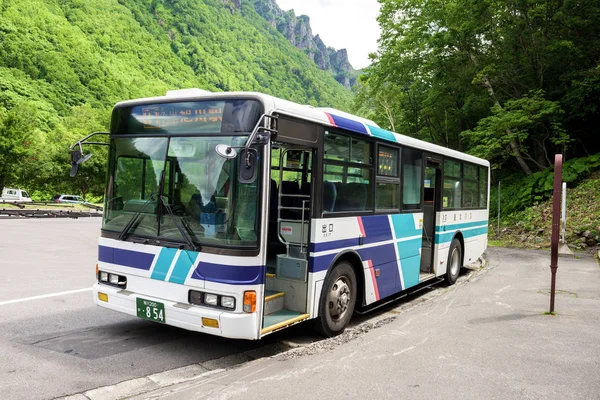
Many major cities have a large bus system that residents use as part of their daily commute, but tourists often overlook. The systems are usually a fraction of the cost of taking a taxi or tourist shuttle ride, maybe as low as 50 cents per ride when the comparable taxi ride would be $15–20.
The trick is to download the local transit app or pick up a route map at any bus terminal. While it will take a little longer than point-to-point transportation, you’ll be saving a fortune and getting to view neighborhoods that most visitors don’t.
Metro Day Passes
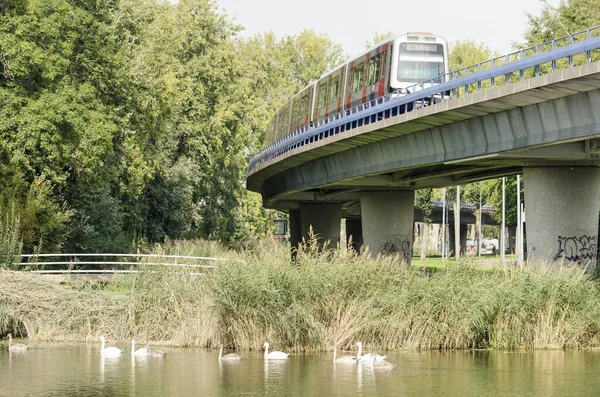
Rather than purchasing single subway tickets over the duration of your trip, unlimited daily or weekly passes can be purchased in most cities, which are amazing bargains after three or four uses. A city day pass in a city like Paris or Tokyo might cost $8–12 but would repay you by saving you from having to spend $3–4 per trip.
Some of these passes also cover buses and trams, so you can hop on and off public transportation without needing to perform constant calculations.
Like Travel Pug’s content? Follow us on MSN.
Shared Motorcycle Taxis

In Southeast Asia, Africa, and other regions of Latin America, motorcycle taxis offer dirt-cheap rides for short distances. They cut through traffic that would have ordinary taxis stuck for hours, delivering you there in half the time for a quarter of the fare.
The fares range from 20 cents to $2, depending on distance, versus $10–15 by regular taxis to cover the same route. Only ensure that the driver provides a helmet—security should never be sacrificed for thrift.
Local Ride-Sharing Apps

While Uber exists in many international destinations, local ride-sharing apps often offer significantly better prices and more drivers. Apps like Grab in Southeast Asia, DiDi in China, or Cabify in Latin America typically cost 30-50% less than international alternatives.
Local drivers are more familiar with efficient routes, and these apps often have promotional deals or subscription options that further reduce costs for frequent users.
Walking Tours That Include Transport

Free walking tours in many cities include public transport portions, giving you both sightseeing and practical transport knowledge for the price of a tip. You’ll learn which buses or trains connect major attractions while getting oriented to the city’s layout.
Some tours even provide day passes or transport vouchers as part of the experience, essentially giving you free rides to continue exploring after the tour ends.
Like Travel Pug’s content? Follow us on MSN.
Bicycle Rental Programs
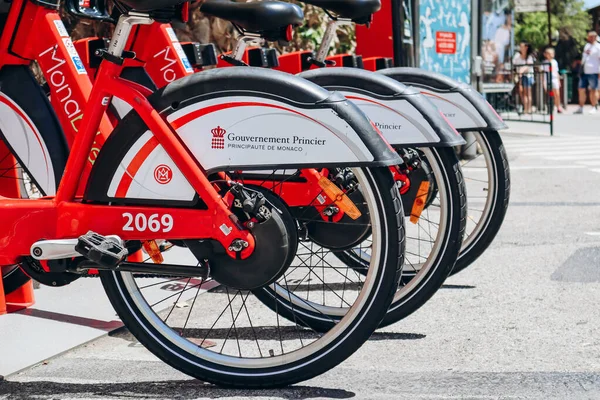
City bike-sharing systems offer incredibly cheap transportation while giving you exercise and flexibility that public transport can’t match. Most programs charge $1–3 per hour or offer daily rates around $10–15, which easily beats taxi costs for short to medium distances.
Modern bike-share systems have apps showing available bikes and docking stations, making them as convenient as any other transport option while being environmentally friendly.
Local Ferry Services
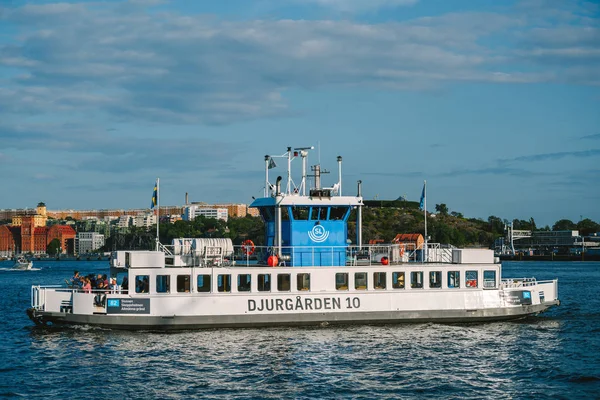
Coastal cities and those with rivers often have ferry systems that double as both practical transport and scenic tours. These boats typically cost the same as bus rides—usually under $2—but provide waterfront views that would cost $20-30 on dedicated sightseeing cruises.
Ferries in cities like Istanbul, Sydney, or Hong Kong connect major destinations while offering spectacular perspectives you can’t get from land-based transport.
Shared Taxi Routes
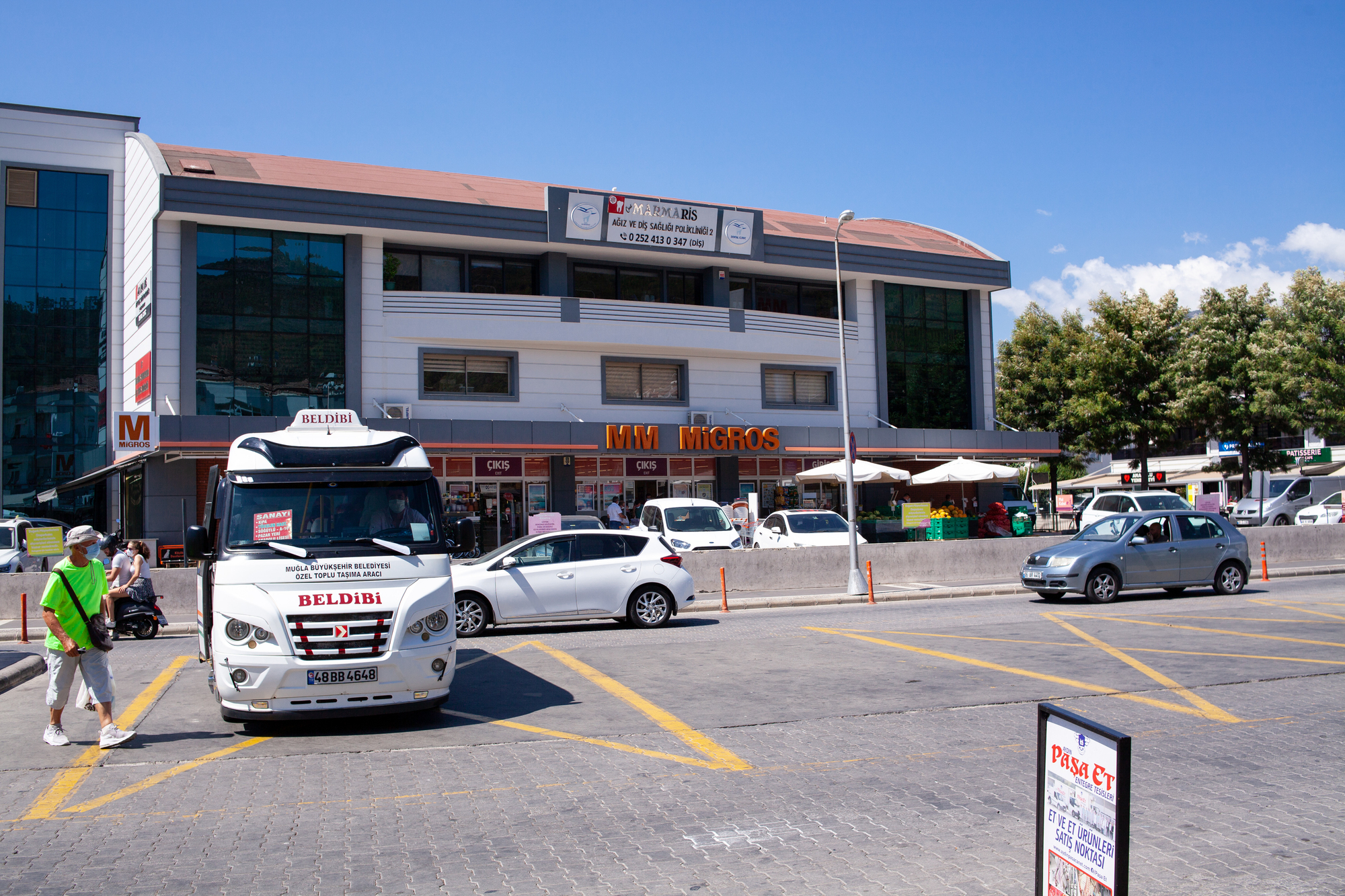
Many countries have informal shared taxi systems where vehicles follow set routes and pick up multiple passengers, dramatically reducing individual costs. These ‘dolmuş’ in Turkey, ‘matatu’ in Kenya, or ‘jeepneys’ in the Philippines operate like flexible bus services, charging each passenger a small fare regardless of where they board or exit along the route.
Costs typically range from 25 cents to $1.50, making them incredibly economical for medium-distance travel.
Like Travel Pug’s content? Follow us on MSN.
Student Transit Discounts
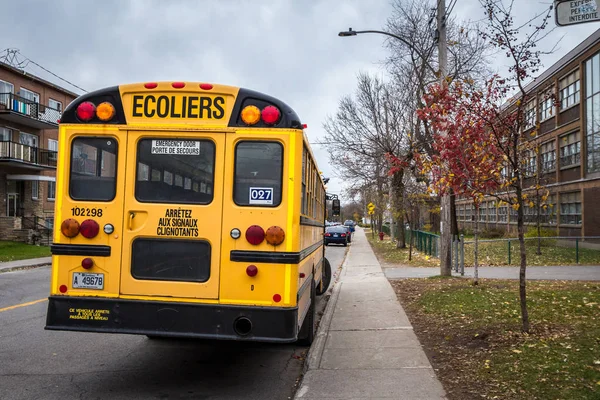
Even if you’re not a student, many cities offer discounted transport passes for young travelers under 26 or senior citizens over 60. International student cards like ISIC provide additional discounts on public transport in dozens of countries.
The savings can be substantial—sometimes 50% off regular fares—and the application process for youth cards is usually straightforward and inexpensive.
Airport Bus Services
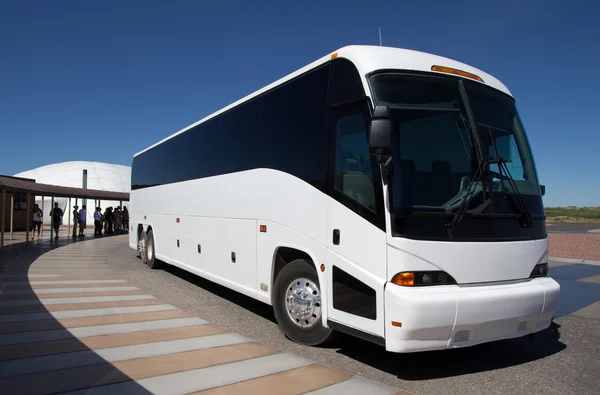
Skip expensive airport taxis and use dedicated airport bus lines that cost a fraction of the price. These buses typically charge $2-5 for trips that would cost $25-50 in taxis, and they often run more frequently than you’d expect.
Many connect directly to city centers or major transit hubs, making onward connections simple and cheap.
Night Bus Networks
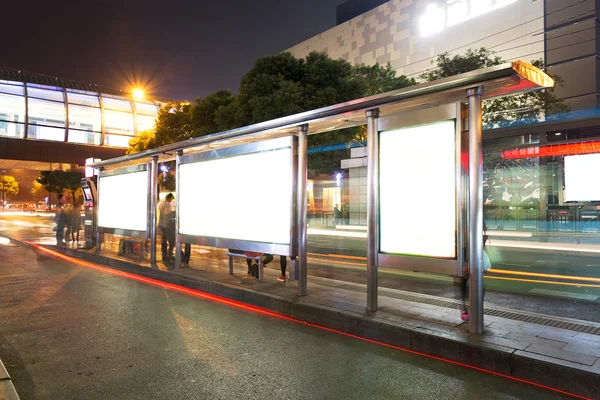
When regular public transport shuts down, night buses keep running at the same low prices while taxis jack up their rates significantly. These services are lifesavers for budget travelers who want to experience nightlife without paying surge pricing for rides home.
Night buses might take slightly longer routes than daytime services, but the savings compared to late-night taxi fares make the extra time worthwhile.
Like Travel Pug’s content? Follow us on MSN.
Inter-City Bus Companies
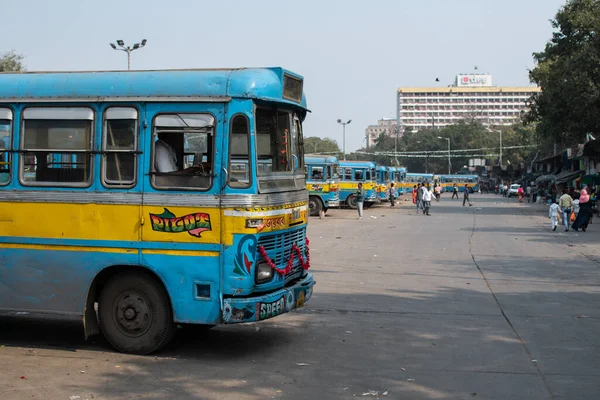
For travel between cities, local bus companies almost always cost dramatically less than trains or flights while still being comfortable and reliable. Companies like FlixBus in Europe, Megabus in North America, or various national operators in South America offer routes for $10–30 that would cost $100+ by other transport methods.
These buses often include Wi-Fi, power outlets, and comfortable seating that rivals airline business class.
Tuk-Tuk Collectives
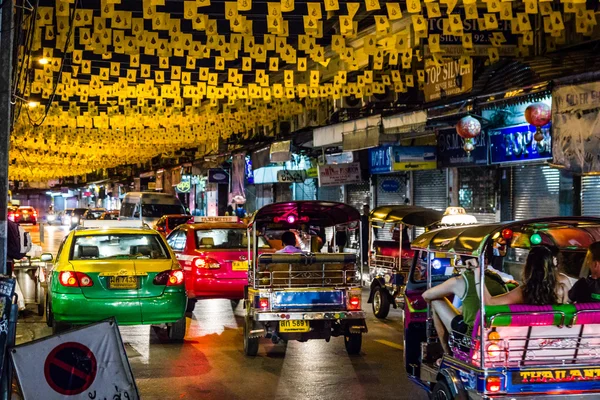
In many Asian cities, tuk-tuk drivers organize into collectives that offer set routes at fixed prices, eliminating the haggling and potential overcharging that individual drivers might attempt. These collective services typically charge local rates rather than tourist prices, sometimes offering multi-stop routes that work like hop-on, hop-off services.
The predetermined pricing makes budgeting easier while ensuring fair treatment.
Local Train Passes
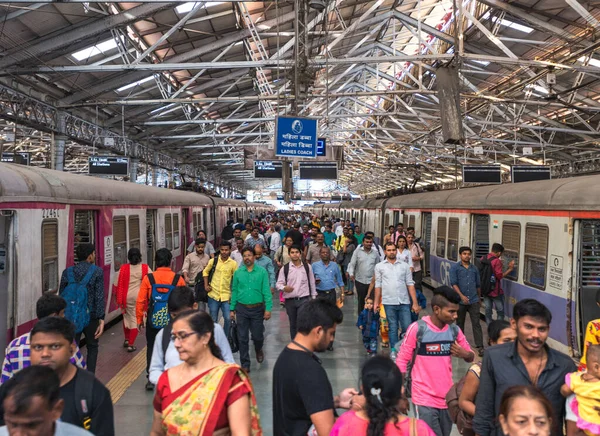
Regional train systems often have tourist passes that aren’t widely advertised but offer incredible value for multi-day travel. These passes cost significantly less than individual tickets while providing unlimited travel within specific regions or periods.
Unlike expensive national rail passes marketed to tourists, local passes focus on specific areas and cost a fraction of the price while offering similar flexibility.
Like Travel Pug’s content? Follow us on MSN.
Community Transport Services
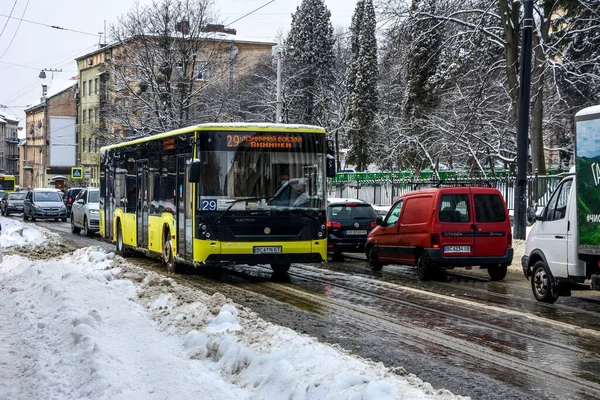
Some destinations have community-run transport services that operate more like public utilities than businesses, keeping prices extremely low for everyone, including visitors. These might be local cooperatives, community buses, or neighborhood shuttle services that charge minimal fees to cover basic operating costs.
While less formal than official public transport, they’re often the cheapest way to reach specific neighborhoods or attractions.
Cargo Boat Services
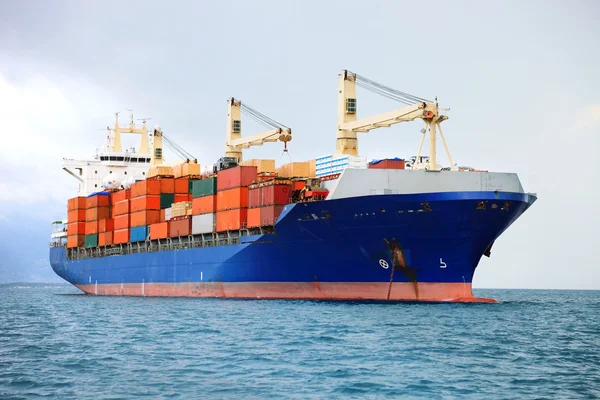
In island nations or coastal areas, cargo boats that accept passengers provide incredibly cheap inter-island or coastal transport. These working vessels charge passenger fares that barely cover food and basic accommodation, sometimes costing 90% less than tourist ferries covering similar routes.
The journeys take longer and offer basic amenities, but the savings are enormous and the experience is authentically local.
Hitchhiking Networks

Organized hitchhiking platforms and apps connect travelers with locals heading in the same direction, creating safe, social, and nearly free transport options. Services like BlaBlaCar formalize ride-sharing for longer distances, while local Facebook groups or bulletin boards coordinate shorter trips.
Passengers typically contribute small amounts for gas money—usually $5–15 for trips that would cost $50–100 by other methods.
Like Travel Pug’s content? Follow us on MSN.
Transportation Revolution in Your Pocket

The gap between tourist transport prices and local alternatives has never been wider, yet the tools to bridge that gap have never been more accessible. Today’s budget-conscious travelers have smartphones full of apps, translation tools, and local knowledge that previous generations could only dream of.
What once required weeks of research and local connections now takes minutes of app downloads and route planning. The locals figured out these systems decades ago—now it’s your turn to join them and keep your hard-earned money where it belongs.
More from Travel Pug

- 20 Best Beach Towns in the Carolinas
- 13 Destinations Where Tourists Regularly Regret Their Trip
- 20 Things You Actually Get in First Class
- 20 Small Airports With Aviation Museums
- 20 Places in the U.S. That Are Perfect for a Reset Trip
Like Travel Pug’s content? Follow us on MSN.
